by Marco Bucchieri
Author, visual artist and writer
Increasingly, I have also started to understand the city from a more-than-human perspective, as an ecosystem of humans and non-humans that are entangled with one another in complex, myriad ways.
– M. de Waal, The city as Interface
I want to start my considerations from this quote by Martjin de Waal, which can be read as a revelation, but also as a declaration of intent, and therefore appears centred on a sort of mission.
Since every initiative that we undertake with the intention of clarifying or discovering a meaning or the dynamics of a sense is, in my opinion, to be understood as a mission (as an exploration that goes beyond the physical territory to resort to further interpretative keys or to create them) the modality to which de Waal ends up in his investigation, positioning himself in a different point of view, draws a possibility and a very wide and interesting range of action: it submits the observation (and research) of public spaces to a relational enlargement, understood as an ecosystem of human and non-human subjects in constant relationship with each other, which is also always changing, just like urban contexts.
Understanding the city in the infinite and de-multiplying dynamics that generates the relationship between its physical elements and the structural, mental, historical and temporal movement of the subjects who cross and populate it, modifying it incessantly, is a challenge of such complexity as to exclude a priori the possibility of an illustrative solution, of an end point to the search. And in this impossibility, however, is contained the beauty of the investigation, if to carry it out one can resort to the disciplines that, starting from a literary point of view, have visited the field of potential of urban space as a generator of human space.
In October 1974, for three days, the French writer Georges Perec sat at the tables of cafés or on the benches in place Saint-Sulpice, in Paris, and observed the square, taking careful note of everything.
There are many things: the town hall, an office of the Ministry of Finance, a newsstand, a shop for sacred articles, a parking lot, a beauty salon, and many other things. Many of these have been described, inventoried, photographed. My purpose is rather to describe the rest: what is generally not noticed, what is not observed, what does not matter
Georges Perec, An Attempt at Exhausting a Place in Paris
In Perec’s experiment there is a moving attempt to exhaust something, that is, to say it fully and completely. To formalize a rational exploration of a context, observing the details, spaces and structures that determine it. We soon realize that it’s not possible to do it, and maybe we already know it when we start, but the attempt remains, precisely for this reason, pure poetry.
In other words: public generates the space, to the extent that space that cannot be measured, but simply described, becomes public only through poetry and art.
Another great writer, W.G. Sebald, in his books seems to meticulously describe the details of a journey, but it is not so. His travel on foot seems to become a continuous and contemporary movement on two levels: the soil of the places travelled, containers of vestiges, monuments, homes, museums which, in turn, trigger the immaterial journey of dreams, of nostalgia for places sometimes never even visited, the exploration of linked worlds, the reappropriation of stories, life, deeds, events of other people, of other lives in other places and in other times. In other words, Sebald walks, and walking opens the memory of places, widens the real, physical dimension, the one in which we live our daily reality every day, and grafts the personal one, transforms the path into a discourse, organizes it by extracting and meticulously recomposing the components.
Sabald has a vision of spatial time, as a figure in which several times coexist simultaneously (current, past, to come, in synchronic copresence):
[…] we do not understand the laws that regulate the return of the past, and yet I increasingly have the impression that time does not exist at all, but there are only different spaces, stuck in each other, according to a superior stereometry, between which the living and the dead can enter and leave according to their disposition of mind.
W. G. Sebald, Austerlitz
We are looking for space, this is the point, space to live, to defend ourselves from the absurd, space that allows the cities where we spend our existence or that we meet while traveling, to be more sensitive, more organized to the sense of freedom we desire, and this freedom can be achieved only though the encounter with the other, and, being true that by our existential nature the Other is Hell (as Sartre said), the work to be done to design a project of remodelling of the existing, and design of the future, in capacious terms, in the previously overshadowed sense of understanding the relationship between human and not-human, must start from the rejection of a logic that is simply constructive or improving in a rational sense, to push ourselves to create places that have the power of time, that are the expression of those who live in continuous relationship with others.
And in these new times, these extreme times, in which we live, in which it is practically forbidden, de facto, the static nature of people in free space, inhibiting the possibility of weaving relationships, conversations or other forms of sociability, the open space turns into a mere corridor for new forms of movement in which there is no chance for play, exchange or affections. And institutions, but also researchers, seem to express a sort of social resignation, ending up justifying with urban projects an isolation that safeguards us from the different types of contamination or infection that we feel as threatening dares, a rejection of what would be healthy interference. At the same time, we have begun to be expelled from the urban logic of the economy derived from an exasperating tourism policy and instead of reviewing the potential of urban space we favour a movement of people and ideas towards peripheral or rural realities.
In practice, drawing a temporal project of healthy isolation, of existential distance from others, which reconnects with the ancient sense of man in contact with nature and the seasons, but increasingly distant from the experience of relationship, that is, favouring and accepting a positive idea of the past in opposition to the dimension that is inevitable, of the future.
And the future is what we should, on the contrary, dedicate ourselves to, creating different cities, where the possibility of encounter is increasingly seen as a resource, as a richness, favouring a spatial environment generating relationships, places where the memory of time echoes as a poetry of existence, and where both the public and the living become first of all concrete space.

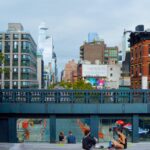
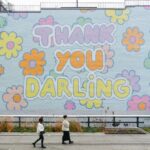
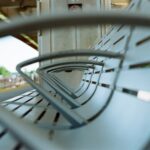

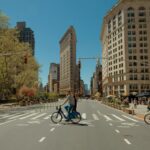
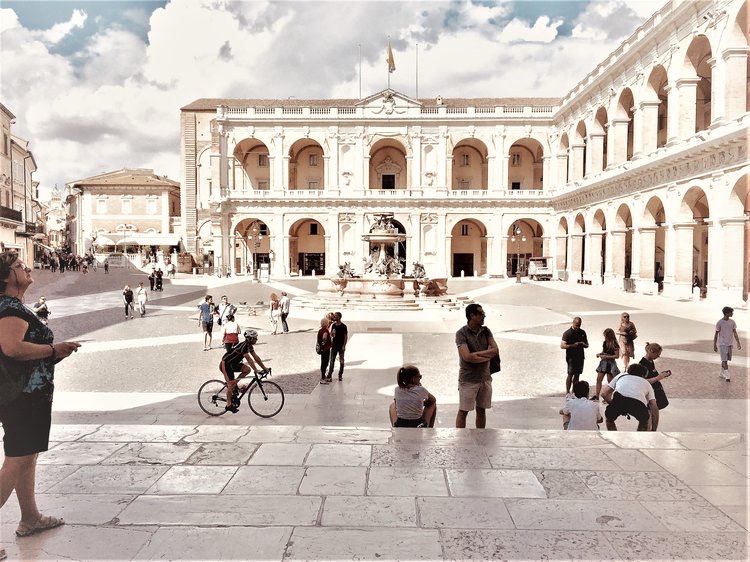
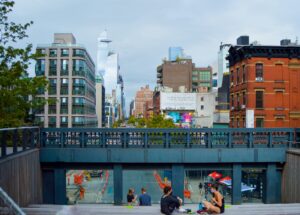
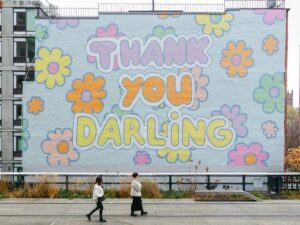
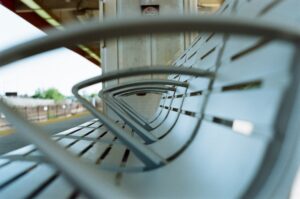

More Stories
The Laboratory of the Future … of Public Space
Imagining Public Space with/for Her – exhibition by City Space Architecture
How Online Citizen Engagement Brings People to the Center of Planning